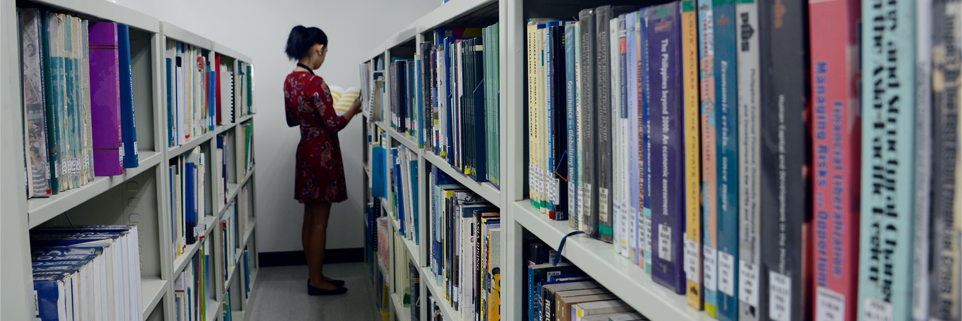Rules of origin: (Record no. 7452)
[ view plain ]
| 000 -LEADER | |
|---|---|
| fixed length control field | 02230naa a2200205Ia 4500 |
| 008 - FIXED-LENGTH DATA ELEMENTS--GENERAL INFORMATION | |
| fixed length control field | 160503s9999 xx 000 0 und d |
| 001 - CONTROL NUMBER | |
| control field | art1022 |
| 100 ## - MAIN ENTRY--PERSONAL NAME | |
| Personal name | Medalla, Erlinda M. |
| 245 ## - TITLE STATEMENT | |
| Title | Rules of origin: |
| Remainder of title | regimes in East Asia and recommendations for best practice / |
| 300 ## - PHYSICAL DESCRIPTION | |
| Extent | pp.29-52 |
| 490 ## - SERIES STATEMENT | |
| Series statement | Vol. 35 No. 2 Second Sem 2008 |
| 520 ## - SUMMARY, ETC. | |
| Summary, etc. | Amidst the rising trend in free trade agreements (FTAs) and growing international production sharing, rules of origin (ROO) has been beset with difficult recurring issues. First is the cost of ROO administration. Second, ROO as part of FTAs could generate new barriers to trade, thus taking with one hand what the other hand has given. In turn, this gives rise to another key concern: its potential use as a protectionist tool. To achieve the East Asian vision of a community, any regional trade agreement (RTA) it would endeavor to establish should set a rational, enabling regime of ROO that would facilitate even as it attempts to prevent trade deflection, with enough safeguards for inclusive development both within and across countries in the region. There is a consensus that the movement should be toward more simple and less restrictive ROO. In sum, consolidation of the multiple membership agreements in the region around more liberal ROO should be the general guideline. Currently, majority of East Asia RTAs combine the three main ROO approaches: (1) the regional value added criterion [RVA] (2) the change in tariff classification [CTC] and (3) specified processes [SP]. Liberalizing features such as de minimis are in some cases used, often in a product-specific approach. Reliance on government certification is the general rule. In ASEAN, ROO reforms lean toward more liberal rules by “expanding/easing standards.” The AFTA ROO would provide a good starting point for EAFTA. Necessarily, there should be a coordinated and cooperative action among member countries. |
| 650 ## - SUBJECT ADDED ENTRY--TOPICAL TERM | |
| Topical term or geographic name as entry element | Free trade agreement (FTA) |
| 650 ## - SUBJECT ADDED ENTRY--TOPICAL TERM | |
| Topical term or geographic name as entry element | Rules of origin |
| 650 ## - SUBJECT ADDED ENTRY--TOPICAL TERM | |
| Topical term or geographic name as entry element | East Asia |
| 650 ## - SUBJECT ADDED ENTRY--TOPICAL TERM | |
| Topical term or geographic name as entry element | Regional trade agreement |
| 773 ## - HOST ITEM ENTRY | |
| Record control number | 0115-9143 |
| Title | Philippine Journal of Development |
| 856 ## - ELECTRONIC LOCATION AND ACCESS | |
| Uniform Resource Identifier | http://dirp3.pids.gov.ph/ris/pjd/pidspjd08-2roo.pdf |
| 942 ## - ADDED ENTRY ELEMENTS (KOHA) | |
| Koha item type | Journal Articles |
| Source of classification or shelving scheme | |
No items available.

